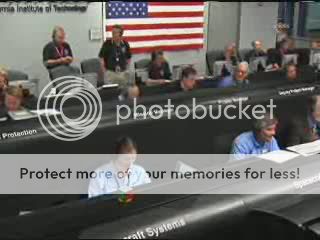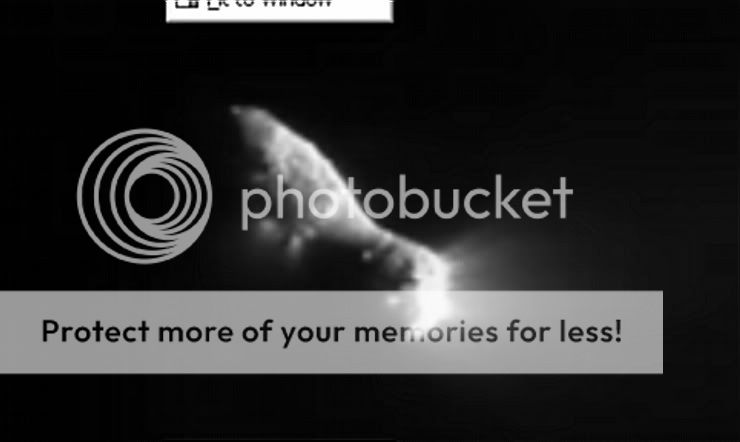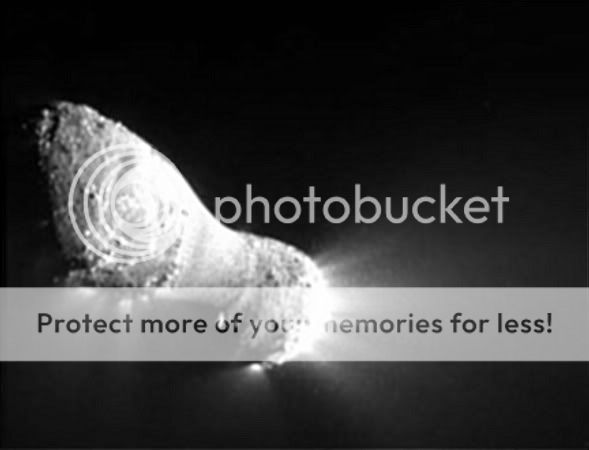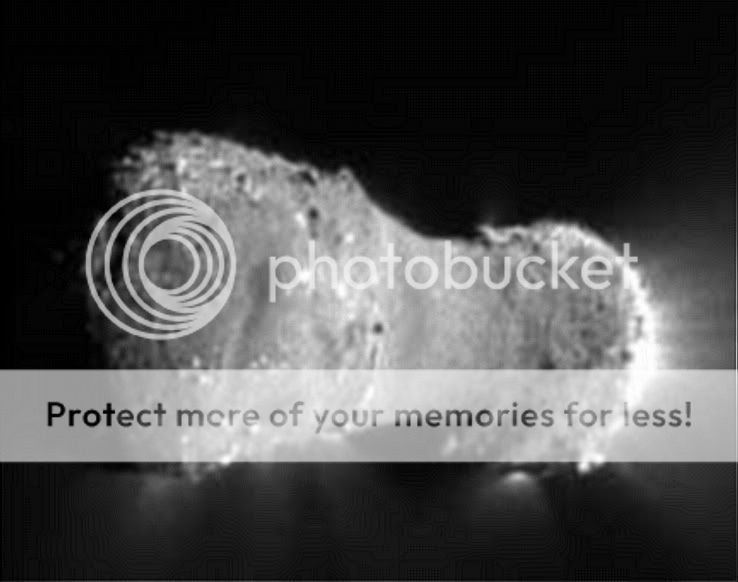M
MeteorWayne
Guest
Exactly 1 day, and about 1.064 million km away from the comet, with 2.534 million km left to fly!





Nov. 4, 2010 | 08:24 PDT | 15:24 UTC
By Emily Lakdawalla
What a dramatic and cool photo! An asteroid with two lobes like Borrelly, lumpy and bouldery like Itokawa, with gorgeous active jets, dramatically lit. Well done, Deep Impact team!
Right now I'm just posting one of the five highest-resolution images...I'm going to work on some prettified versions good for embedding. Look for those as soon as I can get them live, maybe half an hour to an hour.
MeteorWayne":1ka6iwne said:I keep getting the impression:
(25143) Itokawa
Then again, it looks like most of the deranged potatos on the spectrum from asteroid to comet careening about the inner solar system :lol:

The EPOXI team expects to begin receiving imagery from the spacecraft starting about 30 minutes after closest approach, which is at approximately 14:00 UT (7:00 am PDT). The first images received will be those that were taken when the spacecraft was 18 hours out from its target. They will depict the comet nucleus as little more than a point of light, with the fuzzy coma surrounding it. A few of the close-approach images should be received on the ground one hour after the event occurs.
Nov. 4, 2010 | 08:58 PDT | 15:58 UTC
Here's the five close-approach images of Hartley 2 captured today, November 4, 2010, by the Deep Impact spacecraft, collected into one file. Boy, do these images reward close examination! Check them out:
...
Five close-approach images of Hartley 2 by Deep Impact
About an hour after its closest approach of Hartley 2, Deep Impact downlinked five precious images taken during the nearest part of its flyby. The top two images were taken 82 and 16 seconds before closest approach, and the bottom three 18, 57, and 117 seconds after closest approach (image times are 13:58:07, 13:59:13, 13:59:47, 14:00:26, and 14:01:26 UTC on November 4). They show a very active comet with numerous jets. The comet's nucleus has two lobes. The lobe ends are noticeably lumpy, possibly bouldery. The lobes are connected by a thin neck that is much smoother. In the images taken after closest approach under more dramatic lighting, one can see comet jets that originate on the night side of the comet and rise into sunlight. Credit: NASA / JPL / UMD / montage by Emily Lakdawalla


